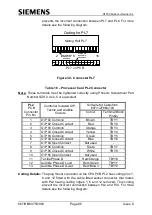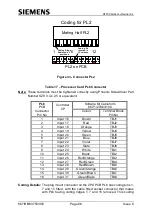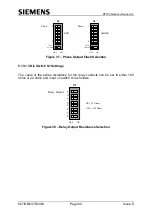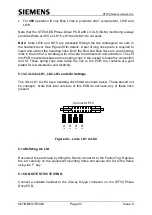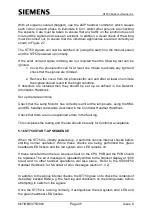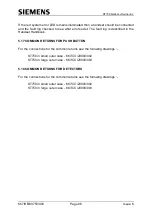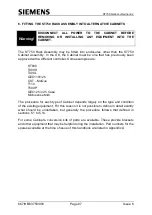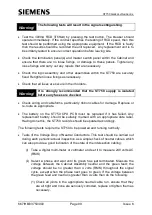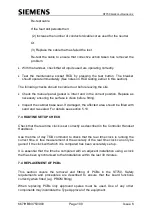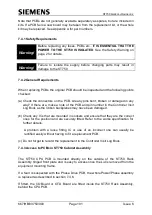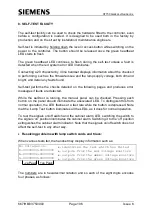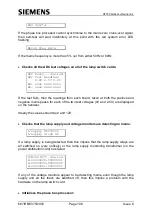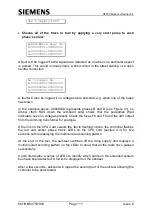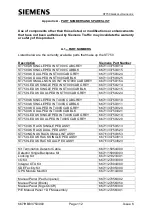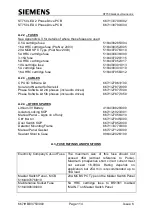
ST750
G
ENERAL
H
ANDBOOK
667/HB/33750/000
Page 99
Issue 6
Warning!
The following tests will result in the signals extinguishing
.
•
Test the 300mA RCD (if fitted) by pressing the test button. The breaker should
operate immediately. If the contract specifies the testing of RCD speed, then this
test should be performed using the appropriate equipment. If the RCD is faulty
then the results should be recorded the unit replaced. Any replacement unit is to
be similarly tested to ensure correct operation before leaving site.
•
Check the termination panel(s) and master switch panel within the Cabinet and
ensure that there are no loose fixings, or damage to these panels. Tighten any
loose fixings and carry out any repairs that are necessary.
•
Check the logic assembly and other assemblies within the ST750 are securely
fixed. Retighten loose fixings as necessary.
•
Check that all fuses are secure in their holders..
Warning!
It is strongly recommended that the ST750 supply is isolated
before any fuses are checked
•
Check wiring and cableforms, particularly ribbon cables for damage. Replace or
re-route as appropriate.
•
The battery on the ST750 CPU PCB must be replaced if it has failed. Any
replacement battery should be suitably marked with an appropriate date label.
Having done this, the ST750 records should be updated accordingly.
The following tests require the ST750 to be powered and running normally.
•
Tests of the Voltage Drop of Neutral Conductors. This test should be carried out
during each periodic/annual inspection as a simple check of neutral cables, which
can also provide a good indication of the state of the intersection cabling.
(i) Take a digital multi-meter or voltmeter and set it to measure 240 volts AC
(RMS).
(ii) Select a phase and wait until its green has just terminated. Measure the
voltage between the Cabinet Assembly neutral and the green feed; the
voltage should be no greater than 4 volts (RMS) throughout the signal
cycle, except when the phase next goes to green. If the voltage between
the green feed and neutral is greater than 4 volts then do the following:
(1) Check all joints in the appropriate neutral cable run, ensure that they
are all tight and none are seriously corroded, replace or tighten them as
necessary.

